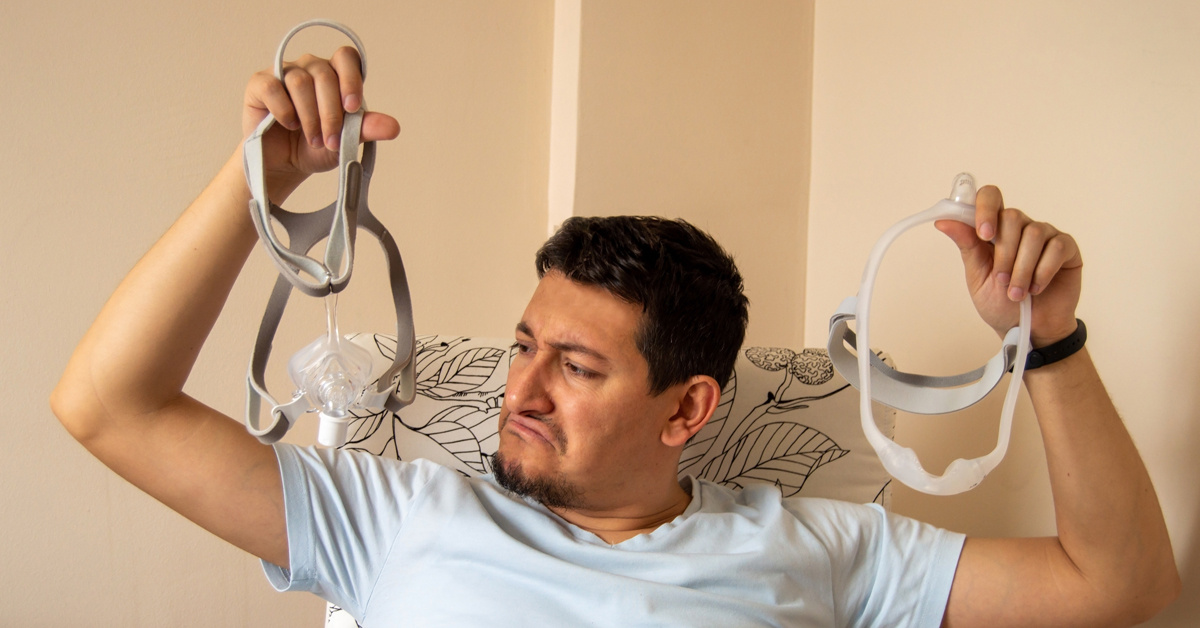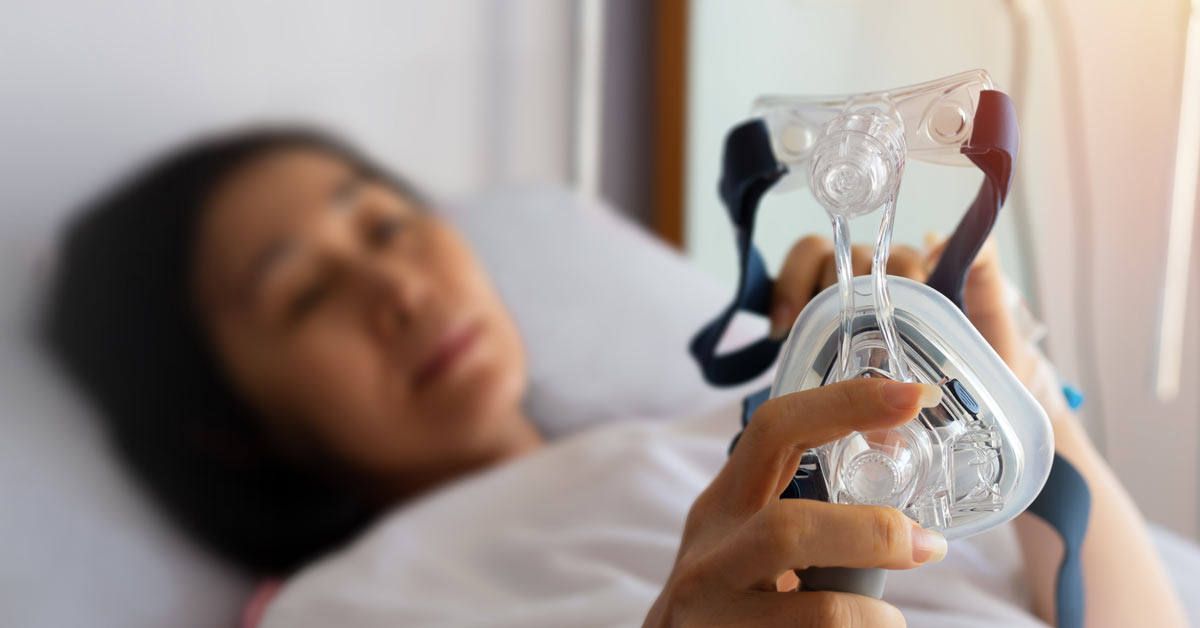Sleep Studies Help Diagnose Sleep Disorders To Ensure You Get The Treatment You Need.
When you go to bed, do you have trouble falling asleep? Do you wake up frequently and feel tired during the day? Do loved ones say you snore a lot and loudly?
If so, you may have a sleep disorder. And you aren’t alone. It’s estimated that as many as 70 million Americans suffer from a chronic lack of sleep, which can lead to serious health issues, such as diabetes and heart disease. A sleep disorder also can affect your mental health and relationships.
Unfortunately, sleep disorders often go undiagnosed because they develop slowly over time with hard-to-recognize symptoms.
Robert Miller, the Apria Healthcare Vice President of Sleep Business, says, “Fortunately, sleep studies are proven to help doctors diagnose a range of sleep disorders in order to prescribe the most effective treatment.”
Sleep Studies Help Doctors Diagnose Many Sleep Disorders
Disorders include:
- Sleep apnea, where your breathing starts and stops throughout the night
- Insomnia, where you consistently have trouble falling and staying asleep
- Restless leg syndrome, where you involuntarily flex and extend your legs as you sleep
- Narcolepsy, where you experience extreme daytime drowsiness
- Unusual behaviors during sleep, such as sleepwalking and sleep talking
- REM (rapid eye movement) sleep behavior disorder, where you act out dreams in your sleep
Your Doctor Will Recommend One of Three Kinds of Sleep Studies
There are three types of sleep studies. Your doctor will prescribe the test best for your specific needs. Here’s what you can expect from each.
Polysomnogram (PSG)
This study is done at a sleep lab or sleep clinic over the course of one night. (It also can be conducted during the day for people who work at night.)
It’s typically performed in a private room with its own bathroom. A sleep technologist places sensors on your scalp, temples, chest, and legs that send electrical signals, generated by your brain and muscle activity, to a computer. Belts are placed around your chest and abdomen to measure your breathing. To monitor your blood oxygen level, a small clip is placed on your ear or finger.
Often, the room has a low-light video and an audio system so the sleep technologist can see and hear you from outside the room.
During the night, the sleep specialist monitors your:
- Heart rate
- Breathing pattern
- Brain waves
- Snoring activity
- Eye movements
- Body position
- Chest and abdominal movement
- Muscle activity such as face twitches, teeth grinding, and leg movement
- Nasal airflow
Home Sleep Apnea Test (HSAT)
This study can be done in the comfort of your home. It collects data about such body functions as oxygen saturation, heart rate and breathing. Because an HSAT is performed at home, the test isn’t monitored during the night by a sleep specialist.
HSATs are currently only used to evaluate one specific sleep disorder: obstructive sleep apnea (OSA).
Apria’s Robert Miller adds, “An HSAT offers two important advantages: it is both more convenient and more affordable than an in-lab sleep test.”
Your doctor will provide the HSAT device and instructions on how to use it. Apply the sensors as directed and turn on the device. When you wake in the morning, remove the sensors, and return the device to your doctor.
Multiple Sleep Latency Test (MSLT)
The multiple sleep latency test is primarily used to diagnose two types of sleep disorders:
- Narcolepsy: excessive daytime drowsiness and sudden attacks of sleep
- Hypersomnia: the inability to stay awake and alert during the day despite having an adequate amount of sleep at night
An MSLT test measures how quickly you fall asleep and how soon you enter the REM sleep during daytime naps.
An MSLT is often performed the day after a polysomnogram. It lasts all day and consists of five scheduled naps, with two-hour breaks in between.
A sleep technologist attaches sensors to your body that collect data regarding your sleep patterns.
How to Prepare for a Sleep Study
On the day of your sleep study:
- Follow your regular diet and daily routine as much as possible
- Avoid all forms of caffeine after lunch, including coffee, soft drinks, tea, and chocolate
- Don’t drink alcohol – it can disrupt sleep
- Wash hair gel or other styling products out of your hair because they can interfere with the sleep recording
- If you’ve been prescribed medication, be sure to tell your healthcare provider. You may need to discontinue it temporarily
- Don’t nap during the day
If you are going to a sleep center or sleep lab for a PSG, your doctor will probably recommend you bring:
- Your medications. Your doctor will tell you whether to take your meds as usual or stop using them before the test and resume in the morning
- Toothbrush, toothpaste, and other toiletries
- Your favorite pajamas, slippers, pillow, and blanket
- A bedtime and breakfast snack (since the clinic may not provide food)
- Your phone and charger (but turned off during the test)
- A book or other reading material, especially if you routinely read before bed
What to Expect After a Sleep Study
Your test results will be evaluated by a sleep study specialist and your doctor to arrive at the correct diagnosis. Robert Miller states, “Once the diagnosis is made, your healthcare team will work with you to tailor the most effective treatment to help you get the sleep you need and deserve.”

.png)



